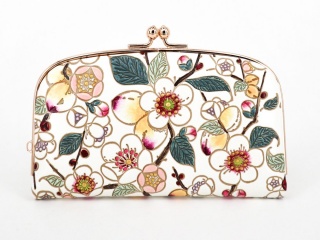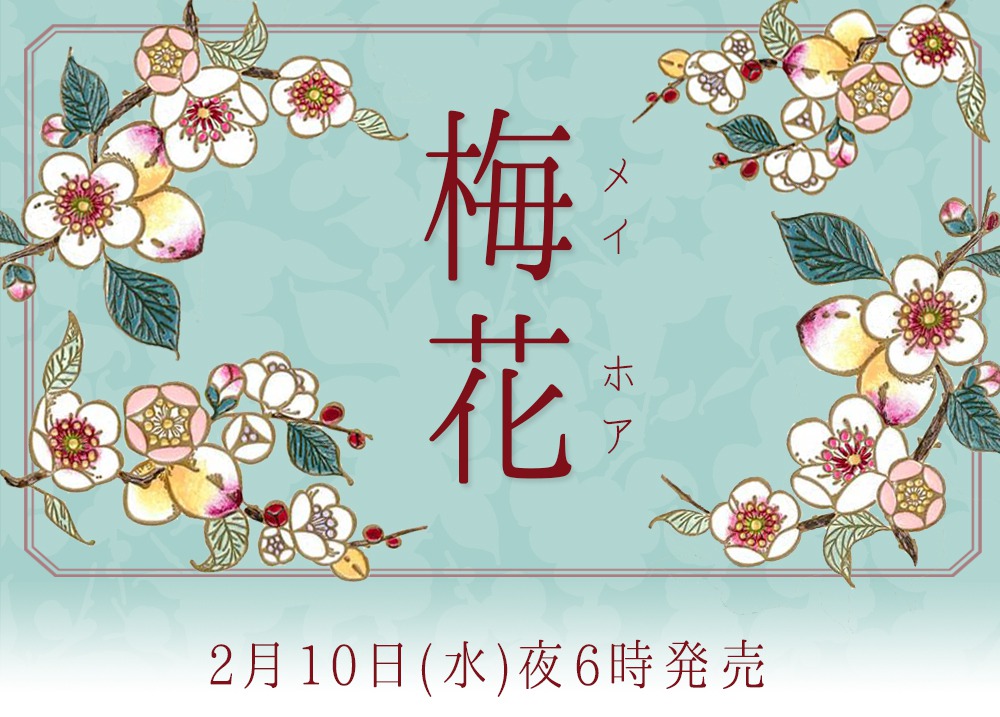Instead of the Japanese-style “ume”, I imagined the Chinese-style art style “chinoiserie” that was popular in Europe in the latter half of the 17th century. A long time ago, “ume”, which came to Japan, is now one of the symbolic flowers and trees alongside cherry blossoms. Originally, flowers, leaves, and fruits do not line up on the branches at the same time, but the expression and vitality of “ume” in each season are incorporated into one design.
* Mayhoa is a Chinese reading of plum blossoms.

| Release date: |
February 10, 2021 |
| Sales location: |
Asakusa store, Ginza store, online shop |
| Items for sale: |
Various wallets, accessory cases, cases, holders, 22 types in total |
| Price: |
6,820 yen (tax included) -27,500 yen (tax included) |
| Material: |
Cowhide |
Store information
[Asakusa store] 2-2-6-1 Asakusa, Taito-ku, Tokyo 111-0032
[Ginza store] 1-8-7-1F, Ginza, Chuo-ku, Tokyo 104-0061
> Product page

Mei Hoa Tenmizo Purse
● Tenmizo purse: 11,400 yen (tax included)

Mayhoa zipper wallet
● Long wallet with a zipper: 27,500 yen (tax included)
What is paperback leather?
Bunko leather is a craft made from pure white cowhide and uniquely processed. This unique processing creates a texture not found in other crafts. Each one is processed by hand.
First of all, the white leather is stamped (ukiyo-e pattern, small pattern, floral pattern, etc.), colored one by one, and sewn into a wallet or accessory after the process of aging with lacquer. The process of aging with lacquer is called “rusting”, and in addition to lacquer, spore powder of a gramineous plant called Zizania latifolia is used. This “rusting” is the secret of the paperback leather manufacturing method.
Currently, there is only one paperback shop “Ozeki” in Japan that uses the traditional “rusting” method to make paperback leather.













































